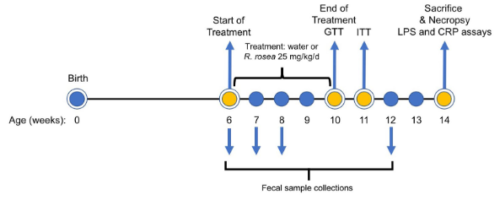2022-08-15 ジョージア工科大学
研究チームが最近Advanced Science誌に発表した研究では、3Dバイオプリンティングという比較的新しい技術を使用して神経芽腫の体外モデルを開発する作業について詳述しています。
バイオプリンティング技術は、従来の3Dプリントのように金属やプラスチックを利用して装置やモデルを作成するのではなく、細胞やハイドロゲルなどの材料を用いて機能的な3D組織を作成するものである。これらの材料はバイオインクと呼ばれ、人間の組織の組成を模倣している。
今回のプロジェクトでは、バイオインクとしてgelMAと呼ばれるハイドロゲルを適用した。
そして、ヒト由来の神経芽腫スフェロイド(組織や微小腫瘍を模倣した3次元細胞培養物)とヒト血管内皮細胞(血管を覆う細胞)をバイオプリントしたgelMAに組み込み、神経芽腫腫瘍の微小環境の実用モデルを作製しました。
<関連情報>
- https://research.gatech.edu/serpooshan-lab-creates-new-3d-printed-tool-study-deadly-pediatric-neuroblastoma
- https://onlinelibrary.wiley.com/doi/10.1002/advs.202200244
神経芽腫の3Dバイオプリントin vitroモデルで、固形がんの攻撃性に寄与する腫瘍-内皮細胞間の動的な相互作用を再現。 A 3D Bioprinted in vitro Model of Neuroblastoma Recapitulates Dynamic Tumor-Endothelial Cell Interactions Contributing to Solid Tumor Aggressive Behavior
Liqun Ning,Jenny Shim,Martin L. Tomov,Rui Liu,Riya Mehta,Andrew Mingee,Boeun Hwang,Linqi Jin,Athanasios Mantalaris,Chunhui Xu,Morteza Mahmoudi,Kelly C. Goldsmith,Vahid Serpooshan
Advanced Science Published: 29 May 2022
DOI:https://doi.org/10.1002/advs.202200244

Abstract
Neuroblastoma (NB) is the most common extracranial tumor in children resulting in substantial morbidity and mortality. A deeper understanding of the NB tumor microenvironment (TME) remains an area of active research but there is a lack of reliable and biomimetic experimental models. This study utilizes a 3D bioprinting approach, in combination with NB spheroids, to create an in vitro vascular model of NB for exploring the tumor function within an endothelialized microenvironment. A gelatin methacryloyl (gelMA) bioink is used to create multi-channel cubic tumor analogues with high printing fidelity and mechanical tunability. Human-derived NB spheroids and human umbilical vein endothelial cells (HUVECs) are incorporated into the biomanufactured gelMA and cocultured under static versus dynamic conditions, demonstrating high levels of survival and growth. Quantification of NB-EC integration and tumor cell migration suggested an increased aggressive behavior of NB when cultured in bioprinted endothelialized models, when cocultured with HUVECs, and also as a result of dynamic culture. This model also allowed for the assessment of metabolic, cytokine, and gene expression profiles of NB spheroids under varying TME conditions. These results establish a high throughput research enabling platform to study the TME-mediated cellular-molecular mechanisms of tumor growth, aggression, and response to therapy.


